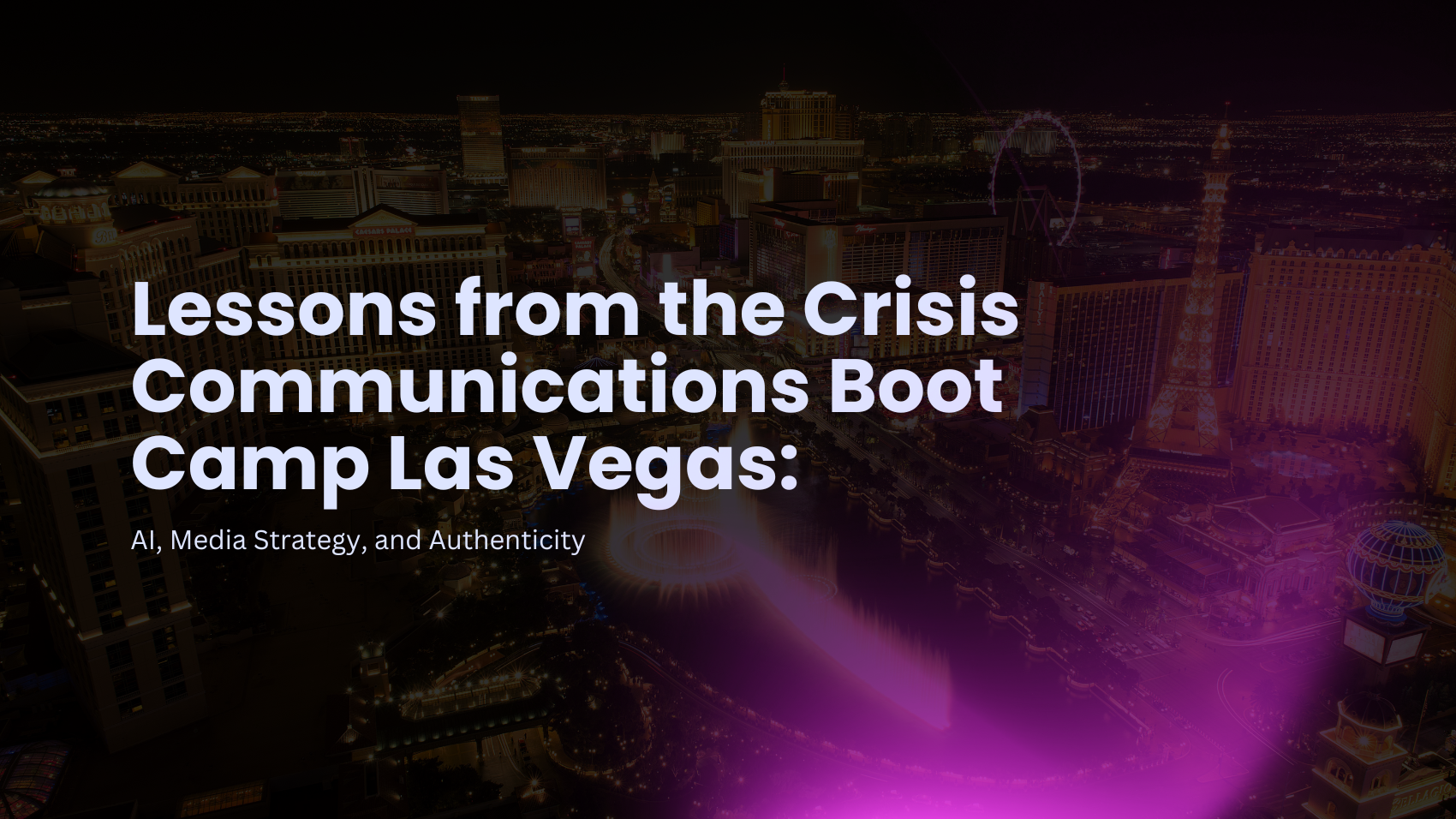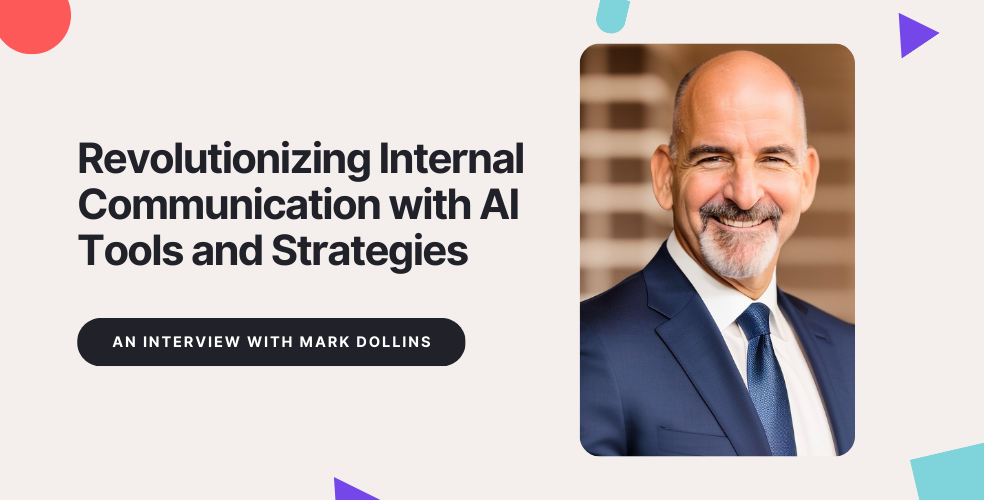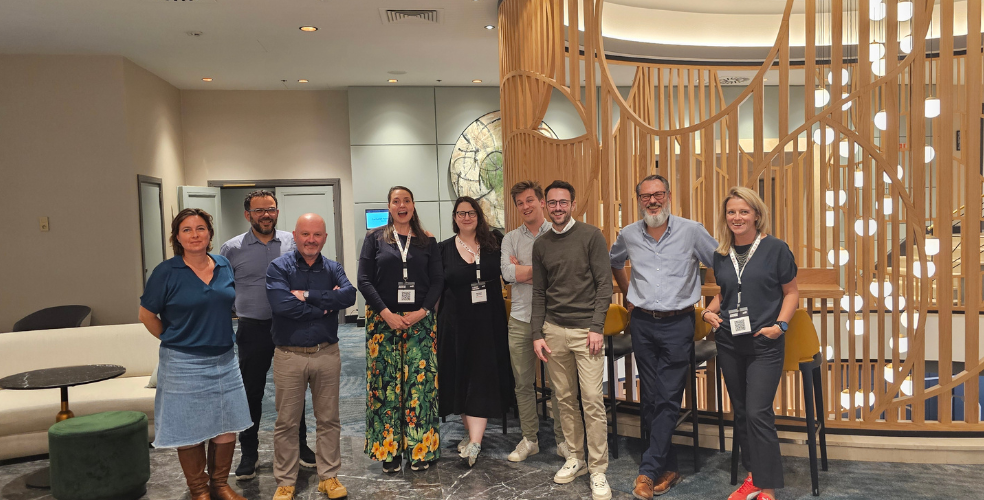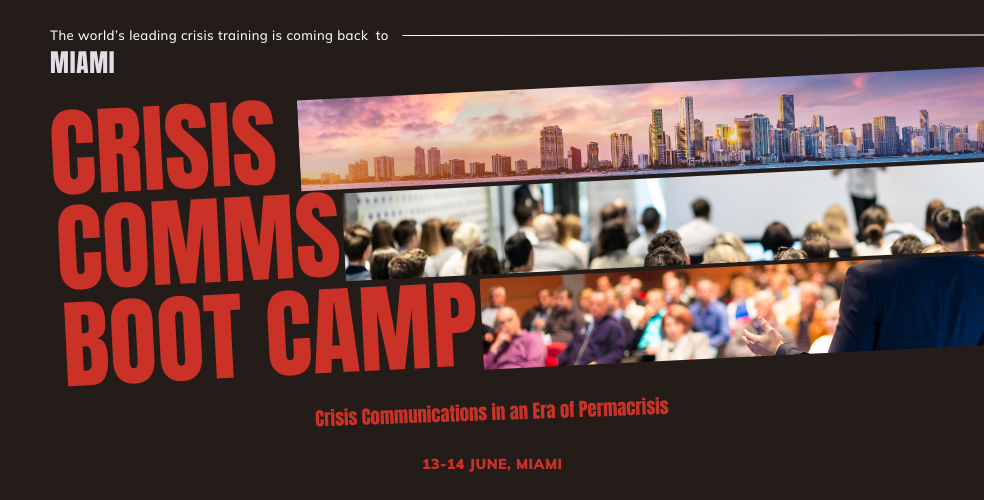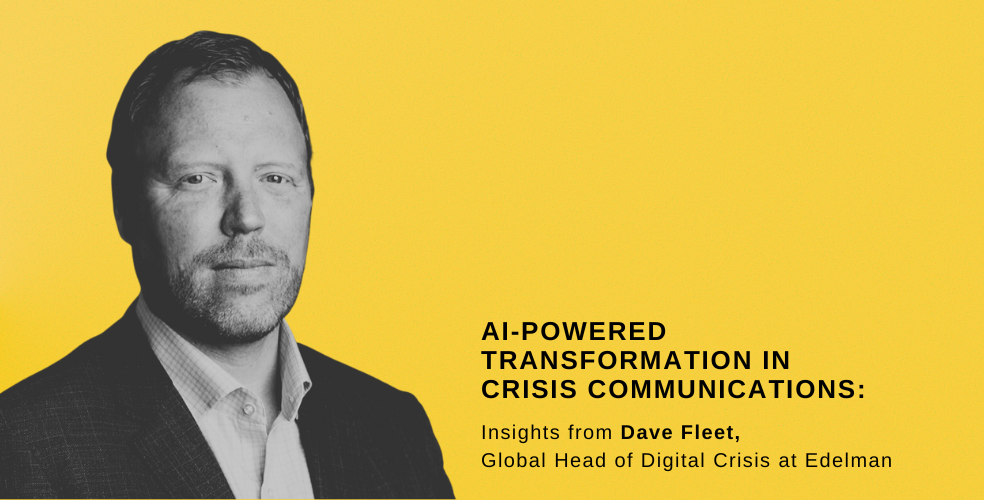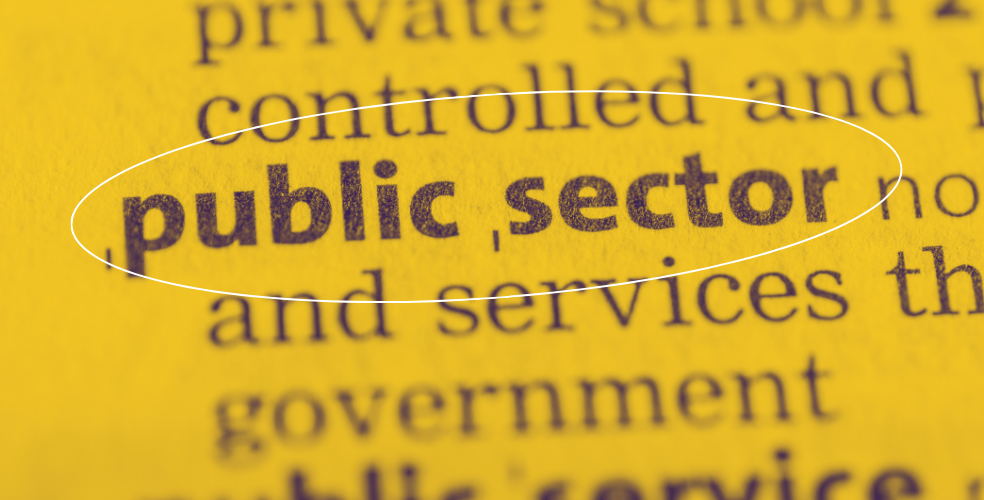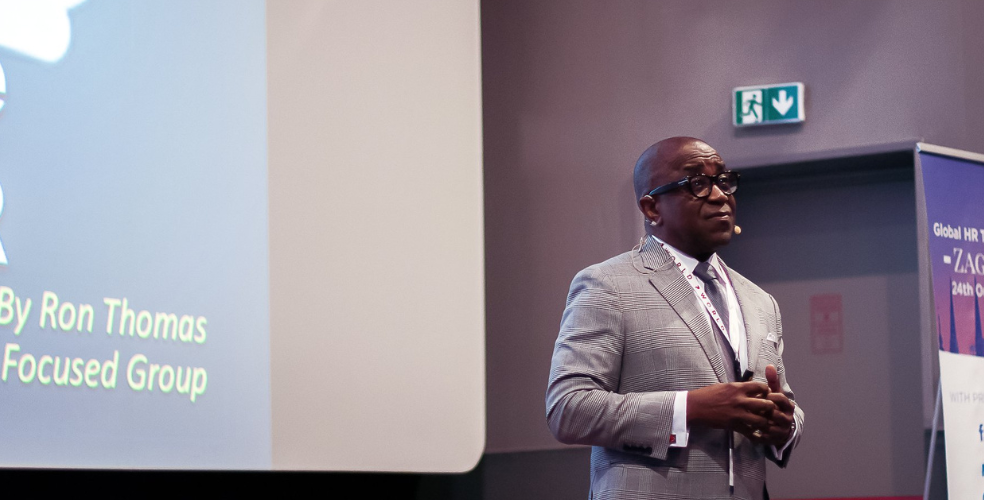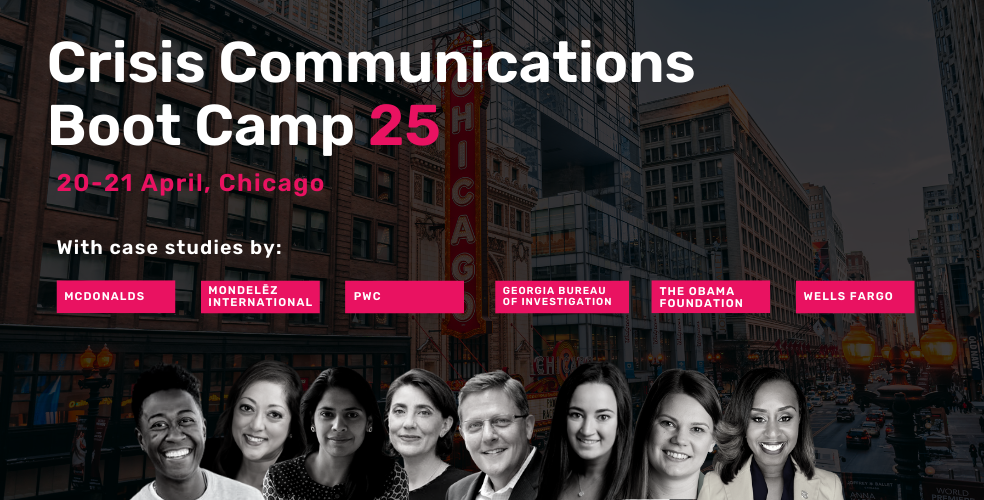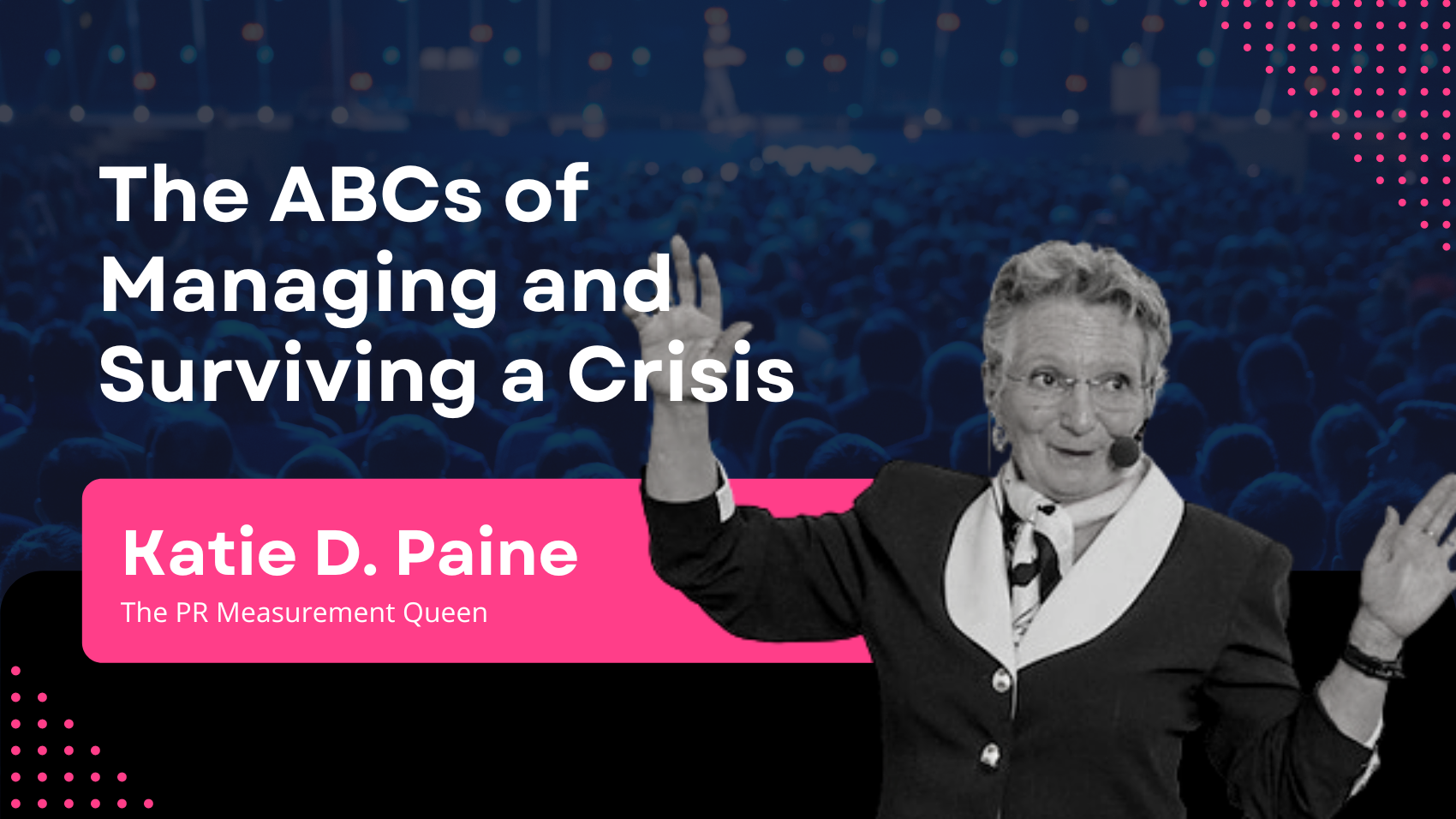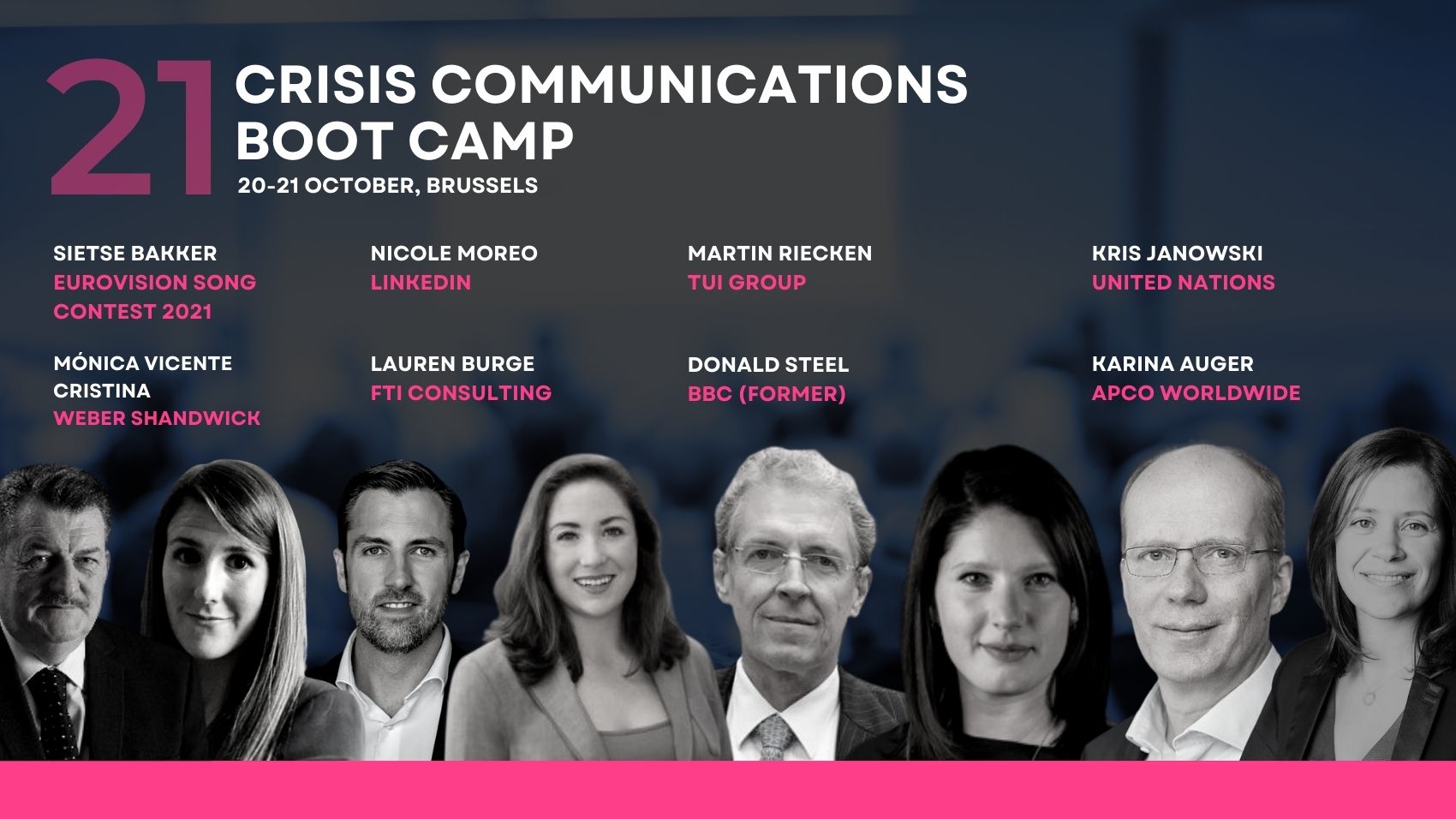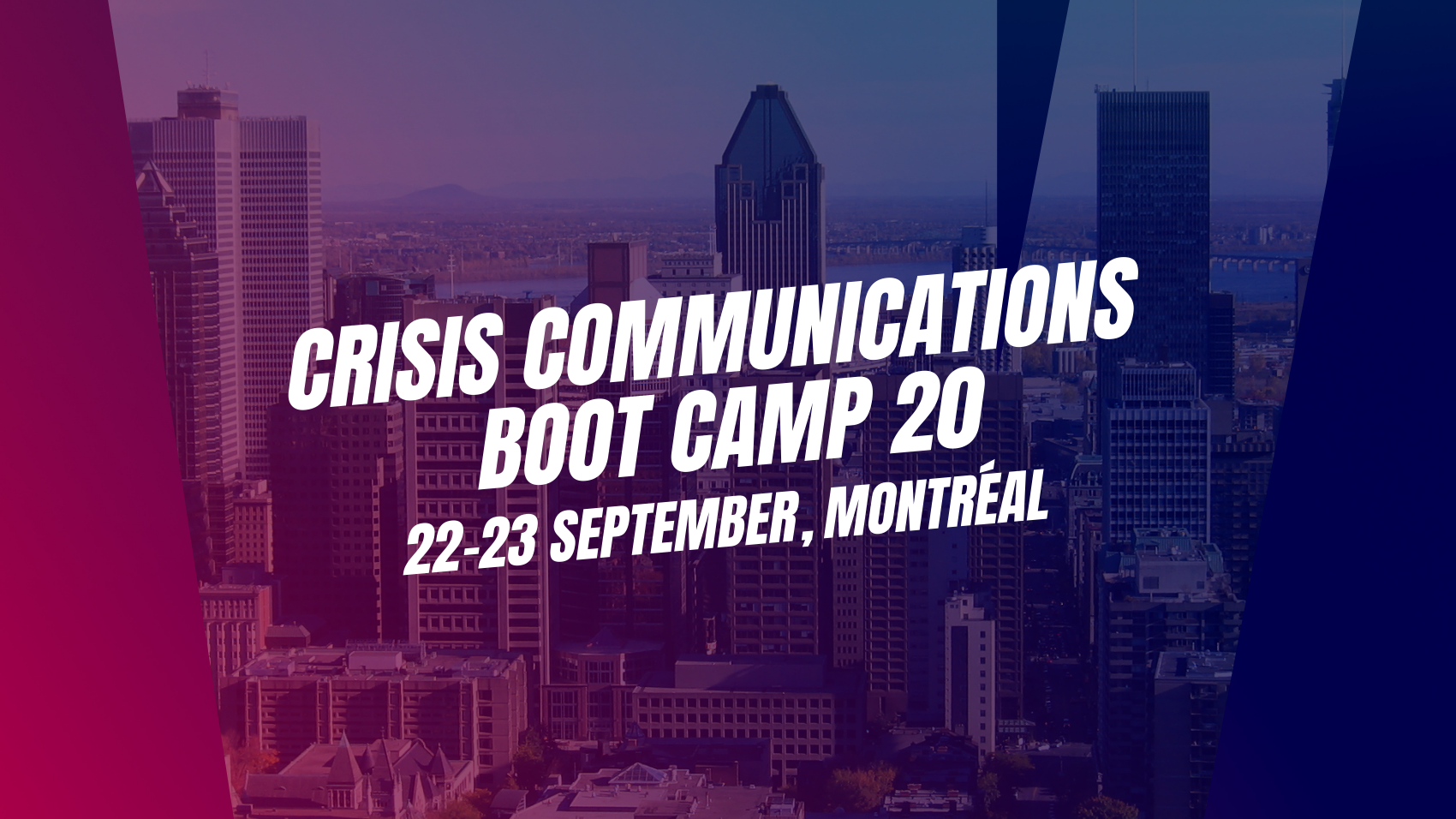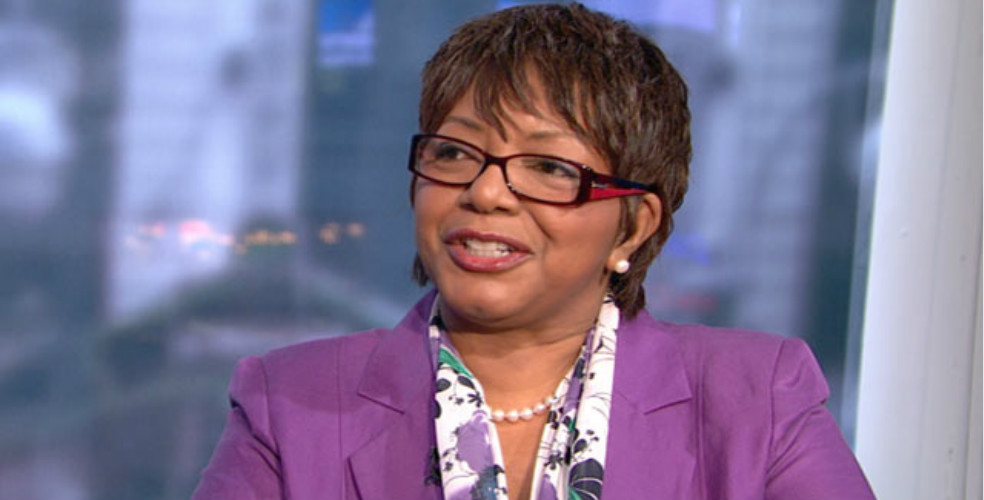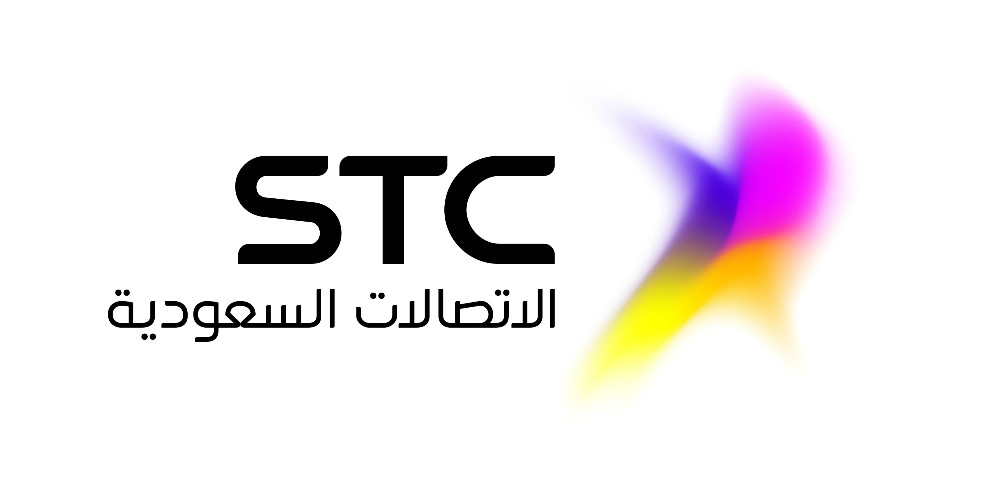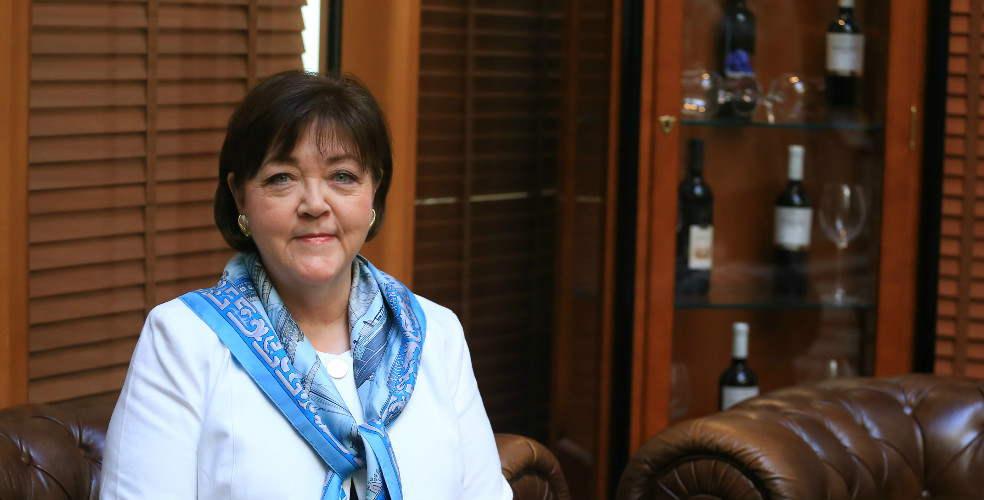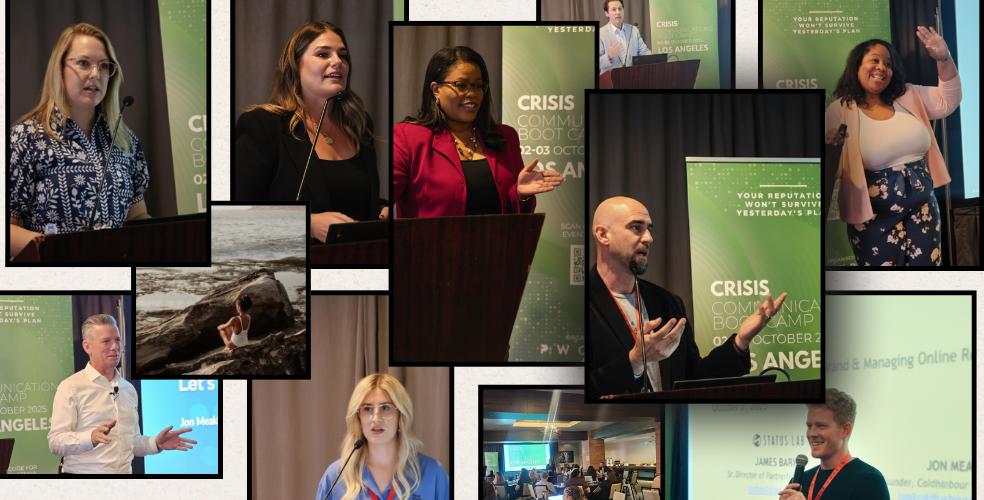
October 06, 2025 When Crisis Becomes the Constant: Lessons from Los Angeles
When Crisis Becomes the Constant: Lessons from Los Angeles Los Angeles is no stranger to chaos. But last week, something different unfolded in the heart of the city — a room full of people de
January 13, 2025 P World Launches First-Ever Sales Leadership Boot Camp in Toronto

December 18, 2024 Reflecting on 2024 – A Year of Resilience, Growth, and Global Impact
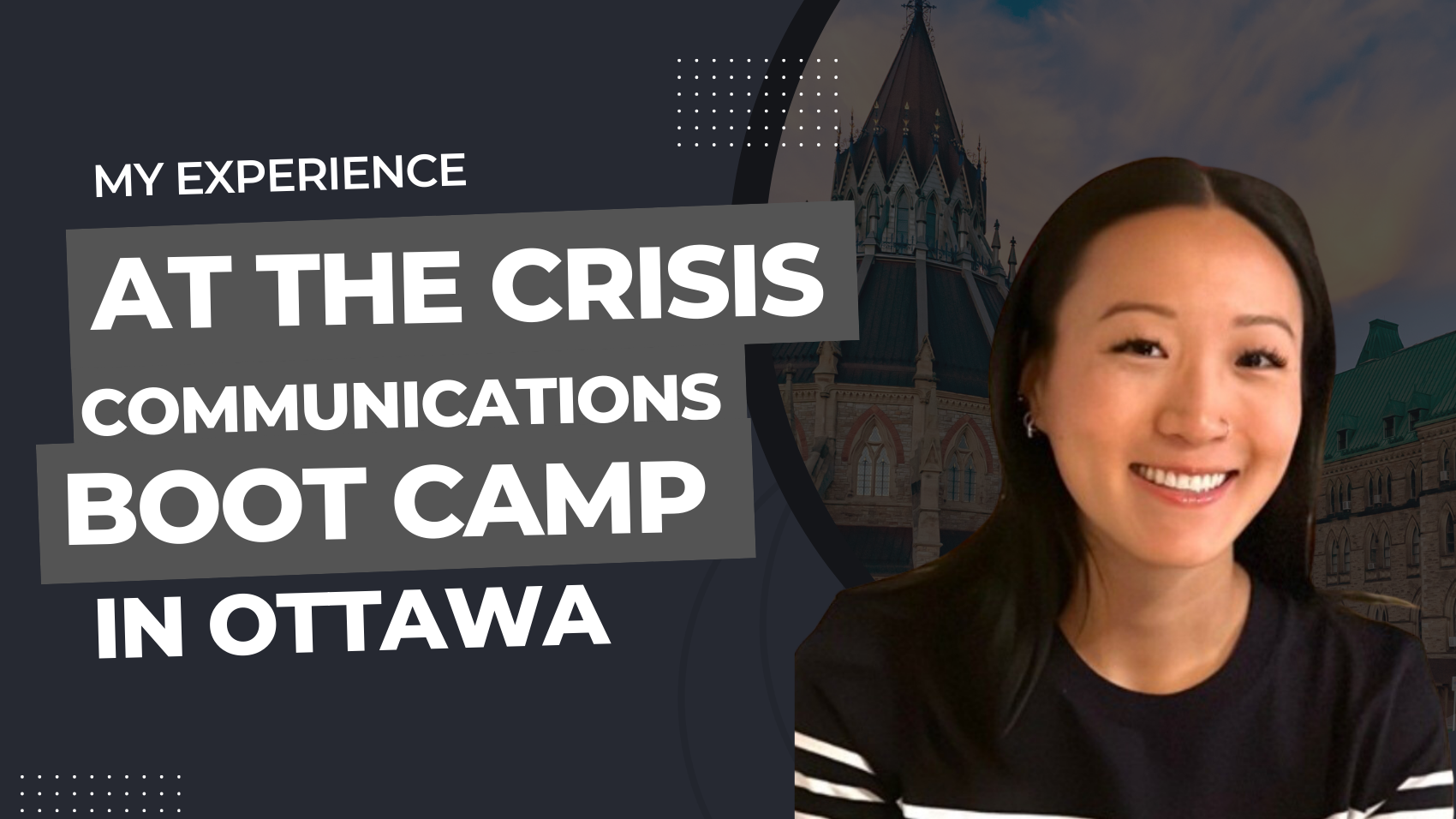
October 10, 2024 My Experience at the Crisis Communications Boot Camp 2024 in Ottawa

July 02, 2024 If You Work in PR, You Can't Miss This Training

June 05, 2024 10 Tips from the Virtual AI in PR Summit
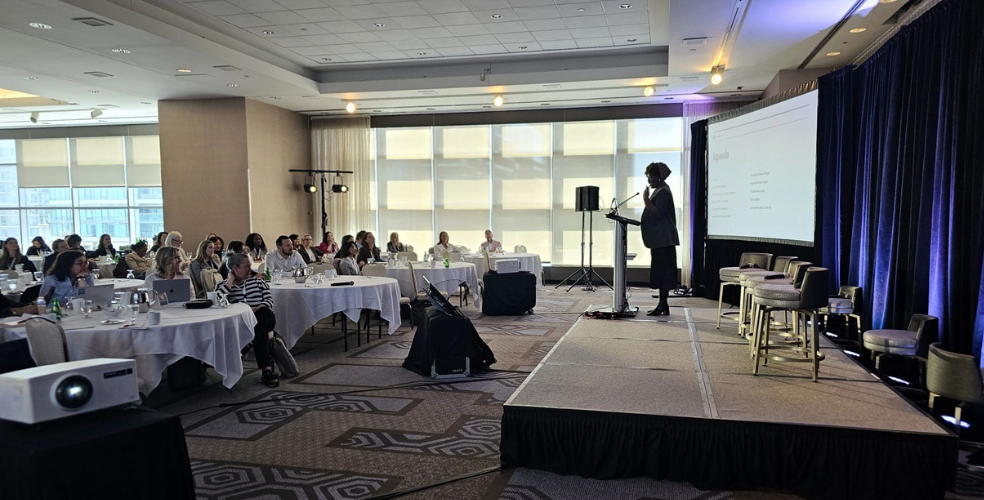
April 29, 2024 Insights from the ESG Communications Summit 2 in Toronto

December 19, 2023 Reflecting on a Remarkable 2023: A Year of Milestones at P World

November 09, 2023 Authenticity: The Foundation of Purpose-Driven Businesses

June 19, 2023 Embracing Uncertainty in an Era of Permacrisis

February 20, 2023 The Global HR Trends Summit celebrates its 10th anniversary in Croatia!

January 24, 2023 ESG Reporting: A Look Beyond Regulations

January 18, 2023 Communications Research Myths That Are Killing PR

January 03, 2023 Planning your PR trainings for 2023? Count on us!

December 19, 2022 2022: A Reunion of Friends

December 19, 2022 2023: Welcome to the Year of Influence Commerce

December 16, 2022 7 PR Pros Share Their 2023 Predictions

November 28, 2022 Marketing in 2023: What You Need to Know

November 24, 2022 It's almost 2023! Measuring PR is crucial!

November 18, 2022 Global PR Summit Canada 7: Last Chance to Get Your Ticket!

November 17, 2022 P World to Host Canada’s First ESG Communications Summit

November 09, 2022 The Crisis Communications Boot Camp Returns to Chicago

August 30, 2022 Patrick Jephson on Princess Diana and Her Enduring Legacy

May 20, 2022 The Global PR Summit Canada Returns to Toronto

December 30, 2021 2021:What a Year Part 2

May 21, 2021 First in-person events in 2021 announced!
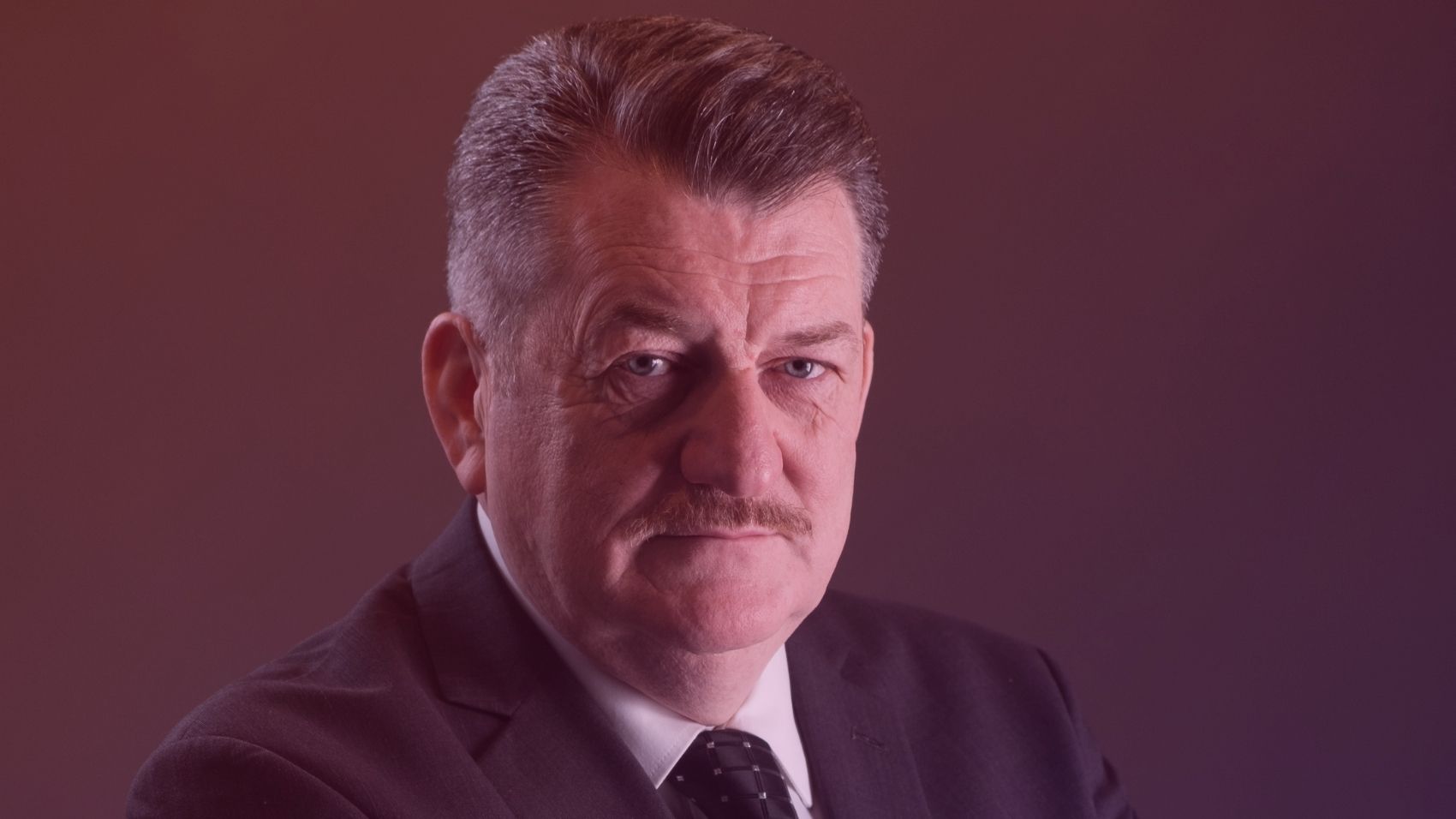
March 30, 2021 Donald Steel on Crisis Management

March 12, 2021 Jon Meakin on Evaluating PR Impact and Value Metrics

December 26, 2020 2020: What A Year

October 06, 2020 3 PR Lessons from the Grand Poobah of PR at Ben & Jerry’s

October 05, 2020 Crisis Communications: Five Points to Remember

October 02, 2020 Patrick Jephson is consultant to Netflix The Crown

March 10, 2020 In-House Strategic HR Certification Programs from HCI

January 14, 2020 Donald Steel Live in Toronto!

December 24, 2019 2019: A Year in Review

September 06, 2019 Working In HR Is Not Just A Profession, It´s My Passion!

September 06, 2019 I Love The Mix Of People, Programs And Data That HR Has To Offer!

July 08, 2019 Speaker Spotlight: Ania Jakubowski

January 14, 2019 #MKMALTA: A Taste of What You'll Learn

December 20, 2018 2018: A Year in Review

October 03, 2018 Susan Varty: Good Research Gets Attention

August 01, 2018 Planning on Attending Any Conferences This Year? Read this!

July 03, 2018 Snapchat at the Marketing Kingdom Cairo 4

June 25, 2018 Marketing Kingdom Cairo 4: What’s New in 2018

June 11, 2018 10 Inspiring Quotes from the Global PR Summit New York 2

January 04, 2018 Global PR Summit New York 2: Top 5 Reasons Why You Should Attend
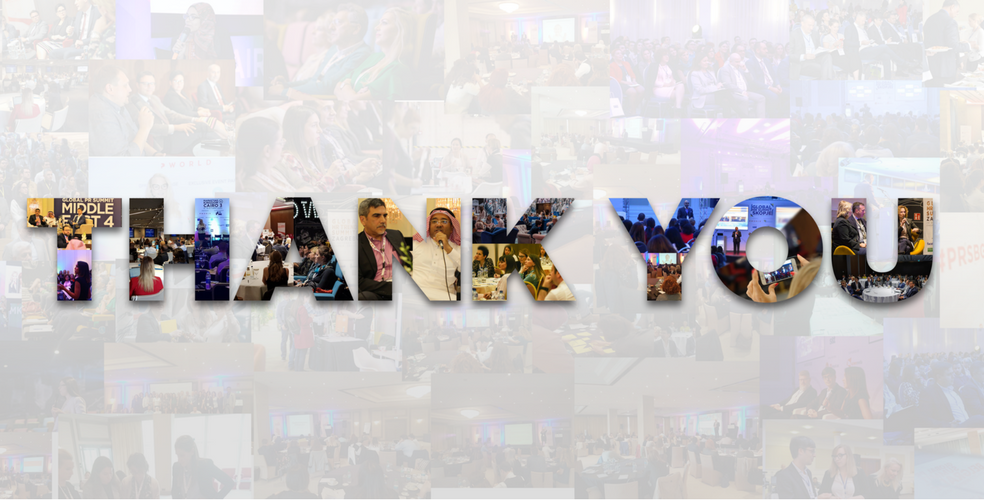
December 18, 2017 2017 - A Year to Remember

September 27, 2017 Jamal Al Mawed: 5 Things That Every Marketer Needs To Do In 2018

September 22, 2017 Anna Zakharova: Learning How To Lead With Purpose In Your Company!
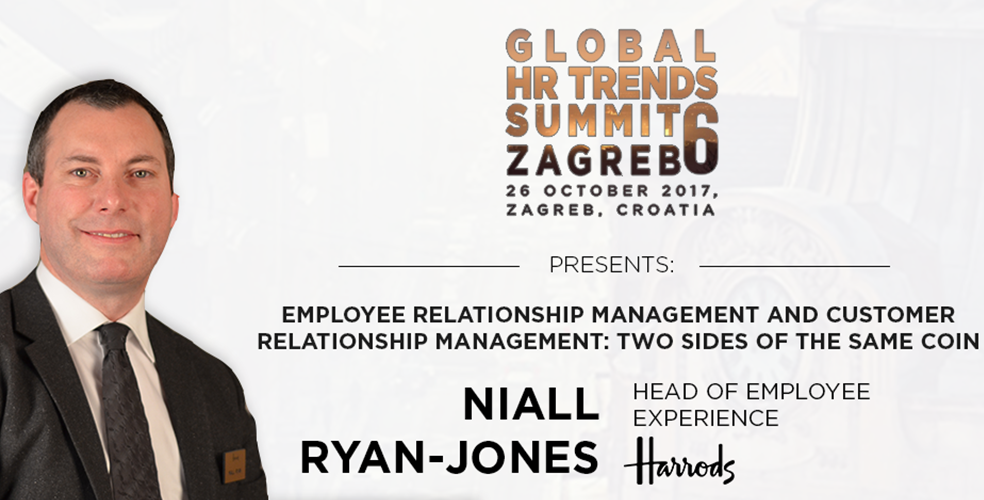
September 01, 2017 Niall Ryan-Jones : Seek First to Understand, Before Being Understood

August 29, 2017 Gonzalo Suarez: Stay Curious and Be Open to Change!

August 27, 2017 #MKCAIRO3: 10 Reasons to Book Your Ticket Now!
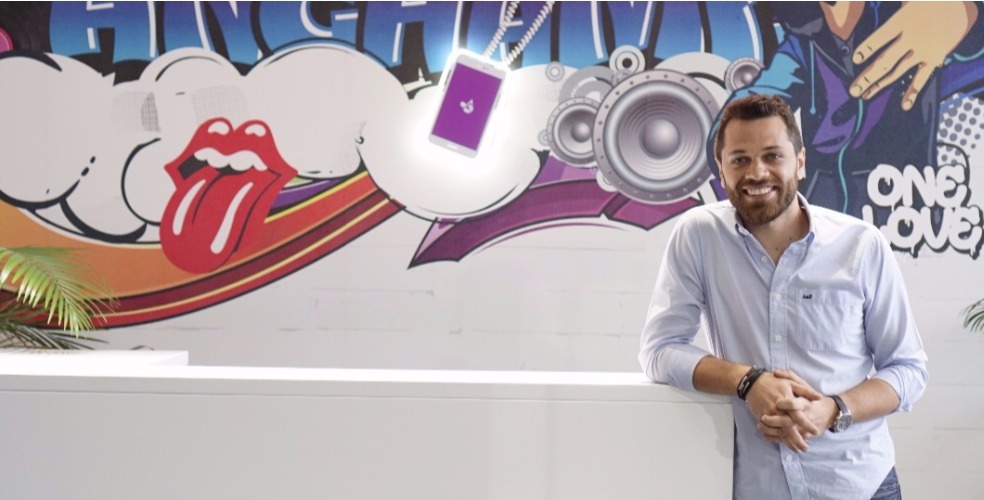
August 09, 2017 Elie Abou Saleh From Anghami: Say It With A Song

April 05, 2017 D S Simon Media Supports the Global PR Summit New York

March 29, 2017 6 Traits of Successful Founders
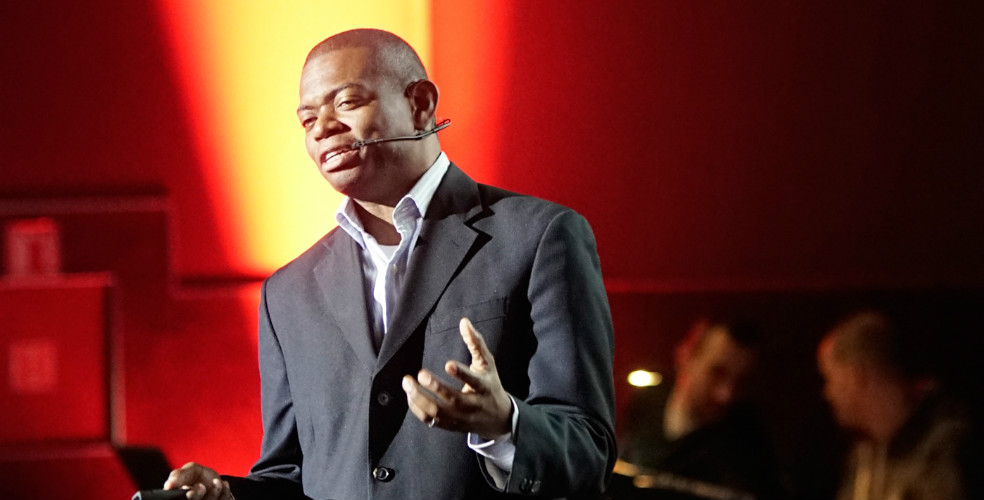
March 22, 2017 Sean Gardner: Keep an Eye on Content Trends

March 22, 2017 How Brands Can Turn Action into Words, and Words into Action

March 20, 2017 Marketing Kingdom Cairo 3: Dates Announced

March 07, 2017 10 Things We Learned at #MKAMMAN2

February 27, 2017 Jesper Andersen: Start Small but Start Now
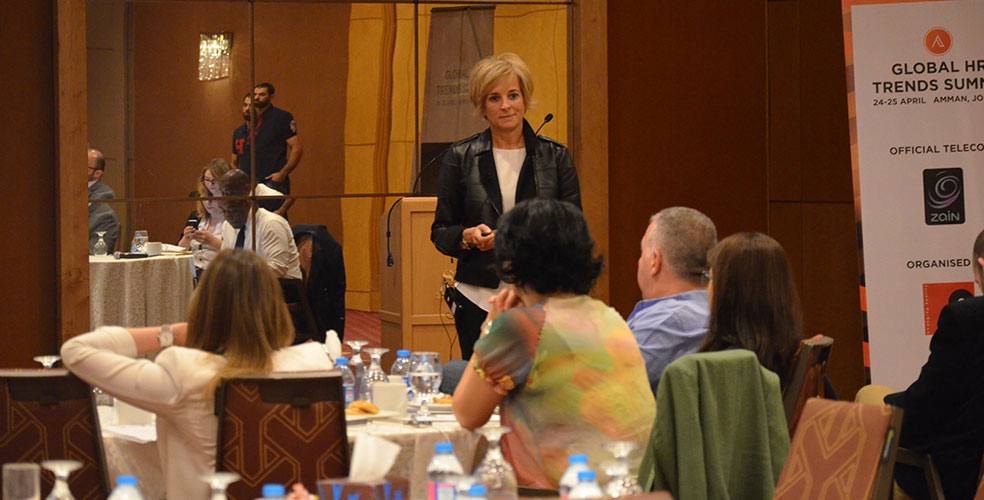
February 24, 2017 Developing Female Leadership Potential in the Middle East

February 13, 2017 Belgrade to Host the Global PR Summit

January 31, 2017 Global PR Summit New York: Discount Ends This Friday

January 24, 2017 Marketing Kingdom Amman 2: The Top 5 Marketing Tips For 2017

January 22, 2017 Jamal Al Mawed From Rolls Royce Motor Cars: Get Social Quickly

January 19, 2017 Global PR Gurus To Meet In Istanbul For The Fourth Time

January 03, 2017 Tom Webster from Shell: : Dig Into Your Data and Use It

December 29, 2016 Ikbal Ibrahim is P World's Employee of the Year

December 28, 2016 George Michael: Our Most Favorite Live Performances

December 22, 2016 2016: What A Year!

December 15, 2016 Riyadh To Host The Global PR Summit Middle East 4

November 30, 2016 Hussein Dajani Among 50 Most Influential Digital Marketing Leaders

November 22, 2016 Heather Mitchell: Life is All About Managing Expectations

November 15, 2016 Lego's New Line of Superheroes is Here and We Love It!
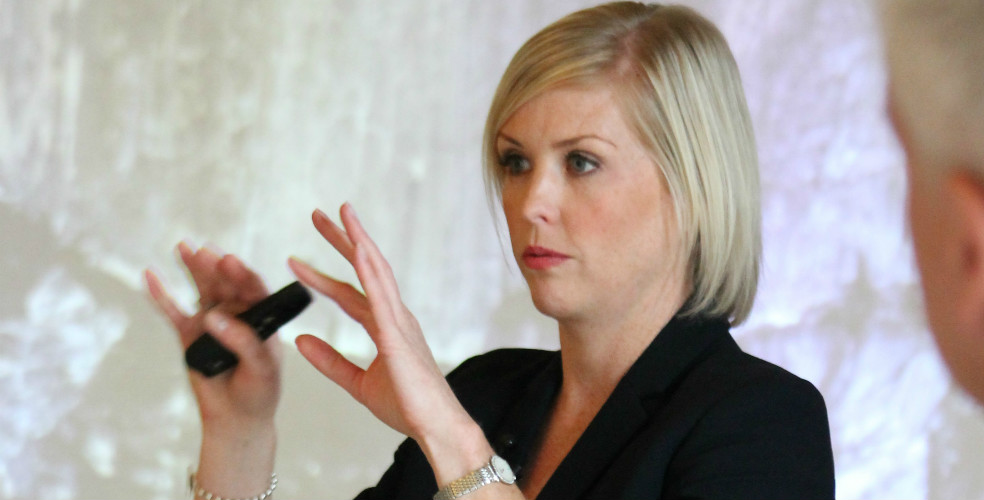
November 15, 2016 Kim Wylie From Google: Embrace Being Different

November 14, 2016 Beauty And The Beast: The Full Trailer Is Finally Here!
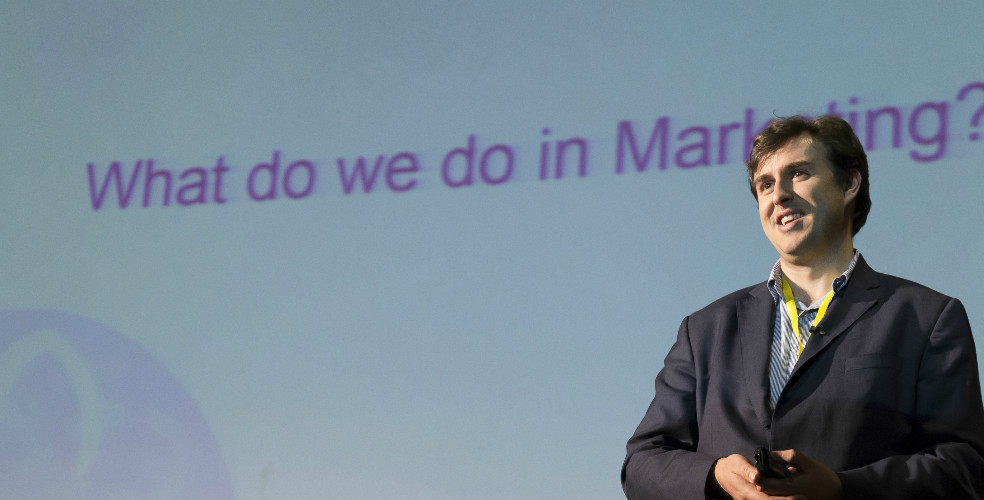
November 13, 2016 Alex Malouf: We Need To Better Prove Our Worth

November 03, 2016 10 Dudes Shaping Middle East's Marketing Landscape

November 02, 2016 Patrick Jephson: Princess Diana Never Ceased To Love Her Husband
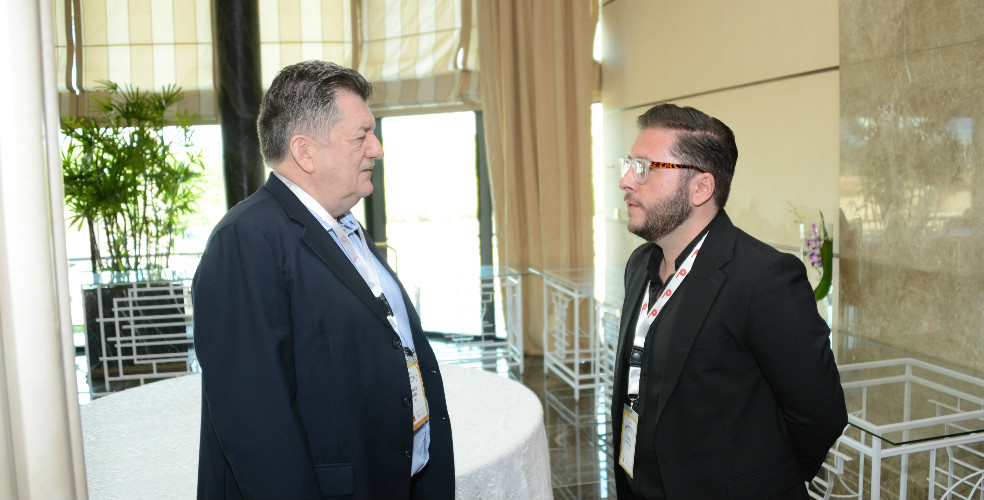
November 01, 2016 Donald Steel: All Crisis Are Predictable

October 31, 2016 What Is In Store For The Future Of Recruitment?

October 31, 2016 10 Rules For Winning The Marketing Game

October 31, 2016 10 Marketing Tips That Actually Work!

October 29, 2016 5 Marketing Tips By Nielsen’s VP Of Social Media




